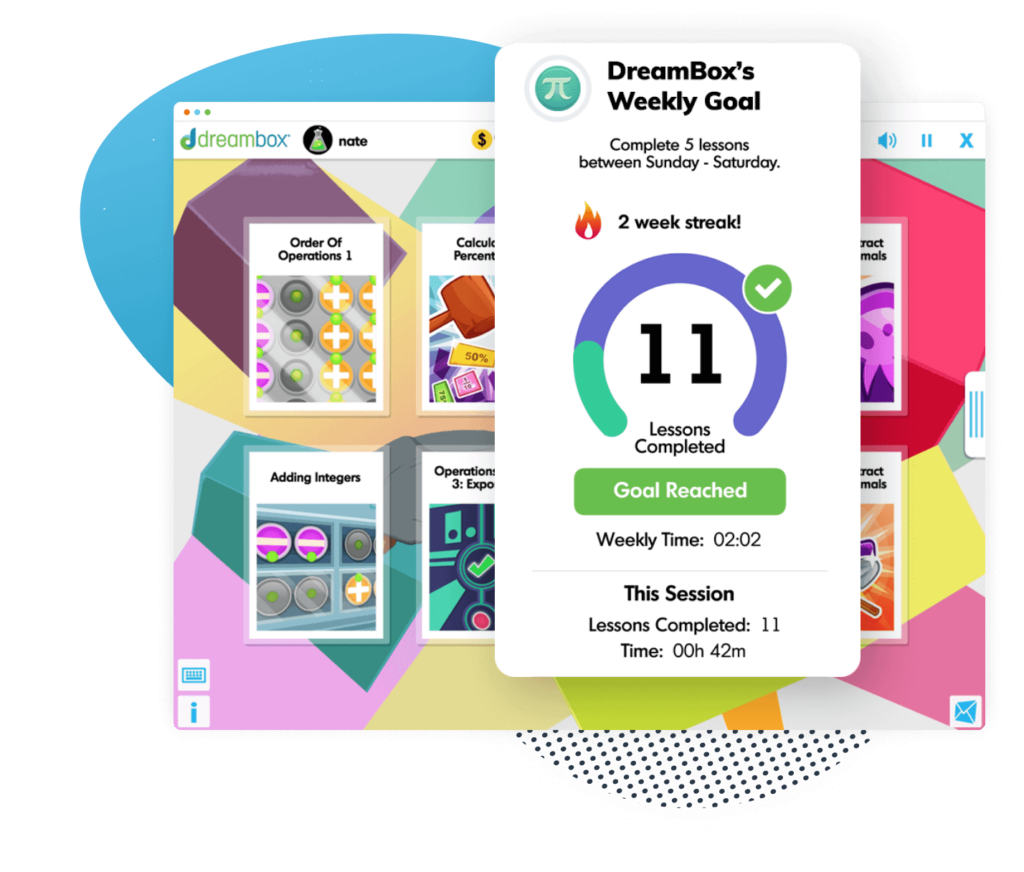Homeschooling until 2nd grade: pros and cons
Are you thinking about whether to homeschool until 2nd grade? Here’s a full breakdown of the pros and cons to help you decide what’s best for your family.

Author
Kristy Howard
Published:
April 2025
Key takeaways
- • Homeschooling until 2nd grade gives children a flexible, hands-on, and family-centered start to learning.
- • While there are challenges like transitions and social opportunities, solutions exist to make it work.
- • Whether you choose to continue homeschooling or enroll in public school, a strong early foundation helps either path.
Homeschool until 2nd grade
When my oldest turned five, I faced the same question many parents do: should I homeschool during the early years? Send to public or private school? Homeschooling until 2nd grade offers a unique window of opportunity to lay a solid educational and emotional foundation without the pressure of a classroom setting. For many families, these early years are a chance to nurture curiosity, build core skills, and develop close family bonds—all at the child’s own pace.
There are, of course, pros and cons to homeschooling. In this post, I’ll share both sides of the decision to homeschool until 2nd grade, based on research, personal experience, and what I’ve learned from other homeschool families.
Benefits of homeschooling until 2nd grade
Homeschooling the early elementary years gives children a gentle, engaging start to their education. These benefits are often why families choose to homeschool until 2nd grade and then reassess.
Flexibility
One of the biggest perks of choosing to homeschool until 2nd grade is the flexibility it gives your family. You can travel during the off-season, take days off when needed, and adjust your schedule to fit your child’s energy and interests. If your child isn’t an early bird or needs more time with certain subjects, you can adapt without pressure to perform.
Hands-on learning
Second graders thrive on tactile experiences. At home, you can turn almost anything into a learning opportunity: baking becomes math and science, nature walks become science labs, and building with blocks reinforces spatial awareness and problem-solving. A 2nd grade curriculum homeschool doesn’t have to be textbook-heavy—it can be deeply life-centered.
Play-based learning
Kids in the early grades—especially kindergarten through second—absorb so much through play. When you’re homeschooling at this stage, you have the freedom to focus on playful, creative learning without being tied to strict academic timelines or standardized testing. It’s common for families to weave in light academics alongside imaginative games, hands-on projects, and plenty of discovery-based fun.
Time together
Homeschooling offers more time together as a family. That’s time to learn your child’s unique learning style, time to model values and behaviors, and time to just be present. Especially during those foundational years, this connection pays off in both academic and emotional growth.
For more ways to support learning in these early years, check out our post on 2nd grade math help.
Table of contents
Get help with homeschool math with DreamBox!
Drawbacks of homeschooling until 2nd grade
Like any educational choice, there are challenges to be aware of. But with a little planning, most (if not all) of these potential drawbacks can be worked through.
Switching schools and social circles
If your child transitions to public school after second grade, there may be a period of adjustment—new routines, new friends, and a new environment. Some kids handle it with ease, while others need time to find their footing. The good news is that most schools support this transition and offer resources to help. If you know you’ll enroll them later, consider gradually incorporating routines like desk work, timed tasks, or group activities to help prepare.
This is a key part of navigating homeschooling versus public schooling pros and cons—weighing the comfort of consistency versus the benefit of structured transitions.
Managing academic gaps or testing
One common concern with homeschooling 2nd grade is whether your child will be “on track” academically. In reality, many homeschoolers exceed expectations in reading and math when learning at their own pace. However, if you plan to transition to school later, it helps to occasionally check in with grade-level standards or use a trusted math program for consistent math practice.
Parental burnout
Let’s be real—homeschooling takes time and energy. Especially if you’re managing other children, work, or household responsibilities, it can feel overwhelming. The key? Keep it simple. Home education doesn’t need to look like a classroom at home. A focused, relaxed approach—especially in these early years—often leads to better outcomes and a happier homeschool environment.
Next steps
After second grade, families often reassess whether to continue homeschooling or enroll in a local school. Either option can work well depending on your child’s needs and your family situation.
Enroll in a public school
If you decide to transition to public school, reach out to your local district early to ask about enrollment timelines, placement assessments, and support for transitioning homeschoolers. Most schools are familiar with incoming homeschool students and will work with you to place your child in the appropriate grade level.
You can check your state’s homeschooling laws and transition guidelines on HSLDA or your local board of education website.
Continue homeschooling
If you’re loving your homeschool rhythm and want to keep going, that’s great too! By 3rd grade, many families begin exploring co-ops, online courses, or more structured curricula. A 2nd grade curriculum homeschool can evolve into something more formal—or remain interest-led, depending on what works best for your child.
Need help finding the right curriculum? Our guide, “What’s the Best Homeschool Math Curriculum?” can help you plan your next steps.
Summary
There are many benefits to homeschooling until 2nd grade, from flexible learning to more time as a family. While challenges like transitions and social opportunities are real, they aren’t impossible to overcome. What matters most is finding the right fit for your child—and knowing that nothing is set in stone. Whether you continue homeschooling or choose public school after second grade, you’ve already given your child a strong and supportive start.

The math program that drives results
Get started today!
DreamBox adapts to your child’s level and learning needs, ensuring they are appropriately challenged and get confidence-building wins.
FAQs
Join local homeschool groups, library story times, sports teams, or museum classes. Many communities offer homeschool meet-ups, and even simple park playdates can offer valuable social interaction.
For kindergarten to second grade, one to two hours of focused learning per day is often plenty. The rest of the day can be spent on play, outdoor time, read-alouds, and hands-on activities.
Follow their interests! Use their curiosity as a starting point and explore topics through books, crafts, experiments, and games. An interest-led approach is especially effective in the early years.
Take at home math practice to the next level
Empowering parents and educators to make math practice more impactful. Plus, your kids will love it.


About the Author
Kristy Howard
Kristy Howard is a Fort Worth-based writer, homeschooling mom, and lifelong introvert. When she’s not writing for clients, Kristy enjoys thrifting designer clothes, taking long walks in nature, and creating content for her lifestyle blog for introverted women.